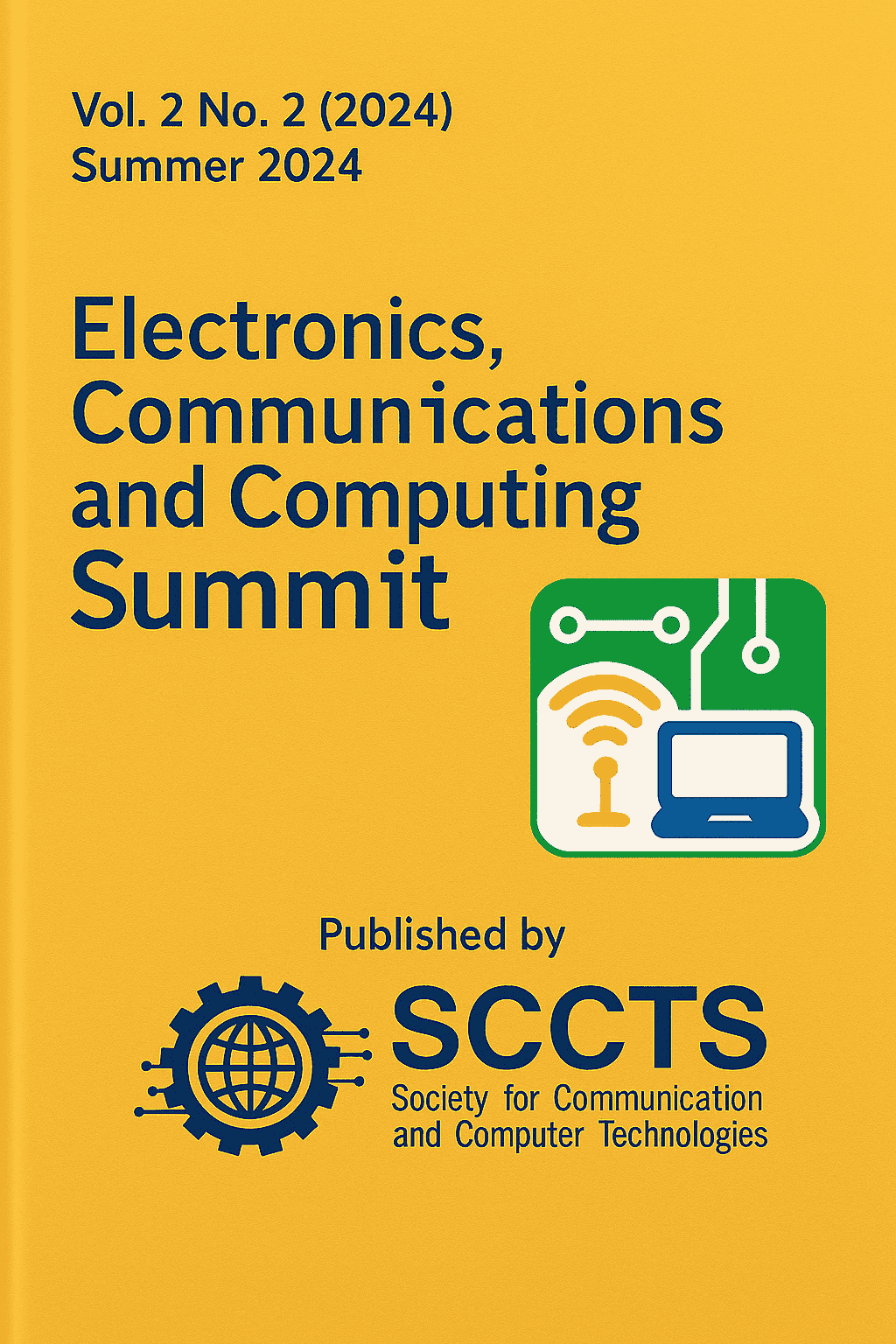AI-Driven Beamforming for Mobility-Aware Massive MIMO in 6G Networks
Keywords:
6G Networks, Massive MIMO, Beamforming, Mobility Prediction, Reinforcement Learning, Deep Learning, mmWave, Terahertz, Channel State InformationAbstract
Massive MIMO has been considered the enabling technology of 6G wireless communication that can provide extreme spatial multiplexing and spectral efficiency. Traditional gains of beamforming techniques however do not work well in the environment of high mobility because of fast time-varying channels and high rates of beam miss-alignment at the millimeter-wave (mmWave) and terahertz (THz) frequencies. We have shown a potential beamforming architecture that is based on AI capable of making the real-time decisions on how to control beam directions by using reinforcement learning (RL) and deep neural network (DNN)-based estimator to look dynamically at the mobility patterns of individuals and evolution of the channel state. The framework has been engineered so that it works with reduced training overhead and predictive handovers, which minimises latency and enhances link continuity. The architecture consists of an interaction between CSI history, position/motion cues, environmental context, and the envisioned system architecture uses the inputs to a DQN-based agent that learns the best beam actions based on interaction with the network. System performance can be evaluated on an artificial urban mobility test-set with 64 x 64 massive MIMO with the 6G mmWave system. Evaluations confirm up to 45 percent increase in the reliability of link coupling and 32 percent decrease in the error of misalignment of the beams and 27 percent performance boost in the spectral efficiency compared to baseline CSI only beamforming approaches. The suggested scheme also conveys the beam switching less latency that enables real-time mobility in ultra-dense networks. This work confirms that it is feasible to apply AI to dynamic 6G beam management and also shows a roadmap to the smart, mobility-durable MIMO systems.



